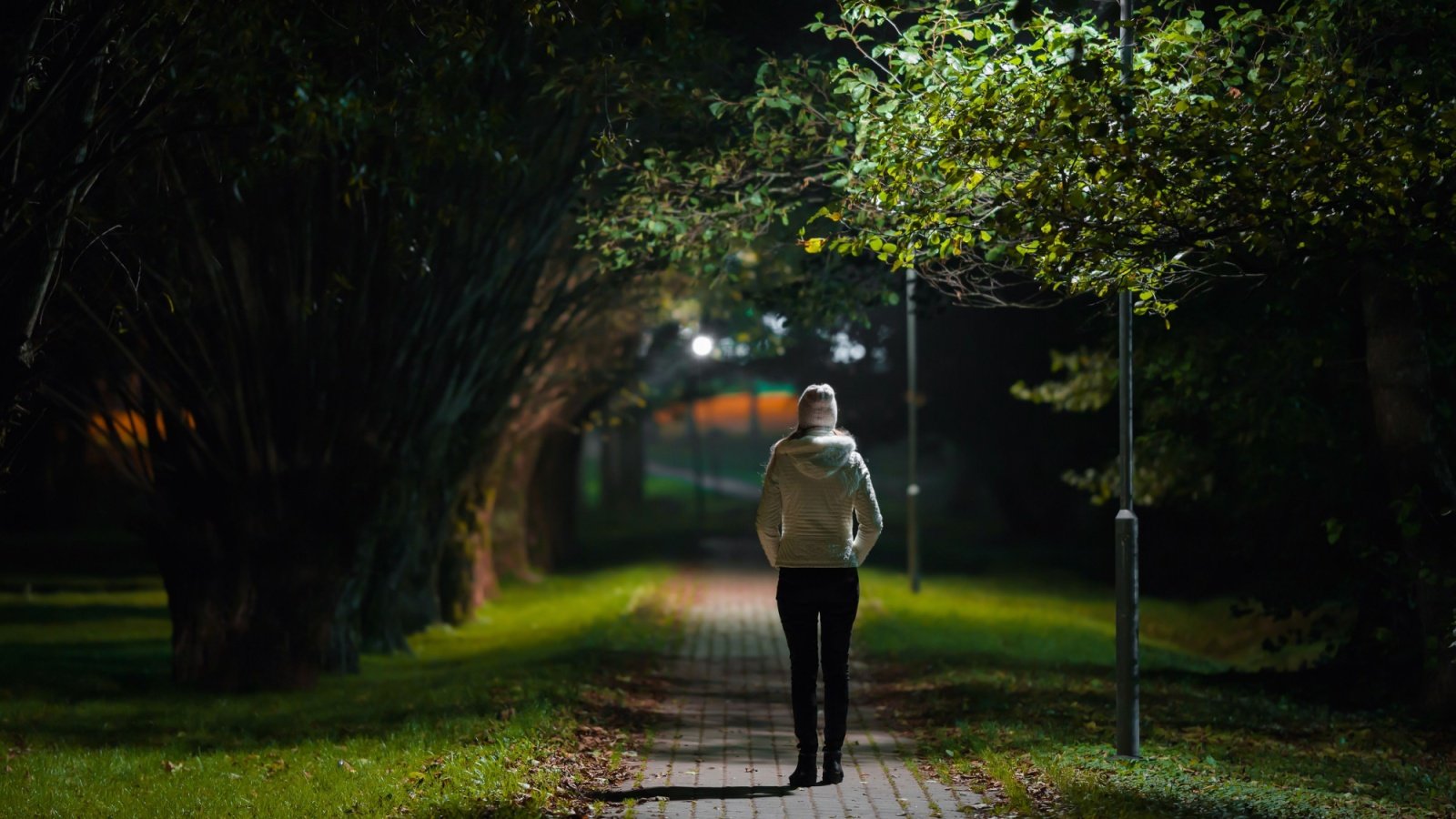Examine the minds behind groundbreaking studies from visionaries who dared to question the fabric of the human psyche and society. Discover the most bizarre and shocking psychological experiments ever conducted.
The Stanford Prison Experiment

In 1971, Philip Zimbardo’s experiment turned a university basement into a mock prison. Volunteers were randomly assigned roles of guards or prisoners, plunging into their parts with unsettling zeal. The guards became cruel, and the prisoners were distressed, leading to an early halt of the study. This chilling foray revealed the frightening ease with which ordinary people could adopt oppressive behaviors.
Milgram’s Obedience Study

Stanley Milgram’s 1963 study asked participants to deliver electric shocks to a hidden individual each time they answered a question incorrectly. As the voltage increased, so did the participants’ distress, yet a majority continued, driven by an experimenter’s insistence. The outcome was a stark illustration of our propensity to follow orders, even against our conscience.
The Monster Study

In 1939, Wendell Johnson’s experiment on 22 orphan children involved negative speech therapy, dubbing half as “stutterers.” These children, subjected to constant criticism, suffered significant psychological effects, and some retained speech problems lifelong. This unethical study highlighted the profound impact of negative reinforcement on self-esteem and identity.
The Bobo Doll Experiment

Albert Bandura’s 1961 study introduced children to a room with a Bobo doll and observed their behavior after they saw an adult either playing nicely with or aggressively attacking the doll. Children who witnessed aggression were significantly more likely to mimic it, demonstrating the powerful role of observational learning in aggressive behavior.
The Asch Conformity Experiments

Solomon Asch’s experiments in the 1950s showed how individuals disregarded their own perceptions to conform to a group’s incorrect answers to simple questions. This striking conformity, even in clear-cut situations, underscored the strong influence of social pressure on our decisions.
The Little Albert Experiment

In 1920, John B. Watson and Rosalie Rayner conditioned a baby, dubbed Little Albert, to fear white rats by pairing the sight of the rats with loud, scary sounds. This fear generalized to other white, fluffy objects, demonstrating how phobias can be conditioned.
The Bystander Effect

The brutal murder of Kitty Genovese in 1964 led to studies on the bystander effect, showing that the more witnesses there are to a crime, the less likely any one of them is to help. This phenomenon was attributed to a diffusion of responsibility, altering our understanding of moral courage in group settings.
The Robbers Cave Experiment

Muzafer Sherif’s 1954 study brought boys to a camp in Robbers Cave State Park, where they were divided into groups and pitted against each other in competitive activities. The resulting hostility was only mitigated by working towards common goals, highlighting the ease with which in-group and out-group biases can form and be overcome.
The Hawthorne Effect

Studies at the Hawthorne Works factory in the late 1920s discovered that workers’ productivity increased when they were observed, regardless of physical work conditions. This phenomenon, known as the Hawthorne Effect, illustrates how social factors and being observed play a crucial role in workplace efficiency.
The Blue Eyes/Brown Eyes Exercise

In the wake of Martin Luther King Jr.’s assassination in 1968, teacher Jane Elliott conducted an exercise with her class to demonstrate the effects of racism and prejudice. By treating children differently based on eye color, she exposed the arbitrary and destructive nature of racism, showcasing the ease with which discriminatory attitudes can be both adopted and challenged.
The False Consensus Experiment

Lee Ross’s experiments in the 1970s revealed that people tend to overestimate the extent to which others share their opinions and behaviors, a phenomenon known as the false consensus effect. This cognitive bias underscores our innate desire to conform and belong, often leading to a skewed perception of societal norms.
The Lost in the Mall Technique

Elizabeth Loftus’s work in the 1990s demonstrated the malleability of human memory by convincing subjects they had been lost in a mall as children, a completely fabricated event. This startling research raised profound questions about the reliability of memory, especially in legal contexts.
The Invisible Gorilla

Christopher Chabris and Daniel Simons’s 1999 experiment asked participants to count basketball passes while a person in a gorilla suit walked through the scene. Half missed the gorilla, illustrating our brain’s capacity to overlook obvious elements when focused on a task, shedding light on the limits of perception and awareness.
The Marshmallow Test

Walter Mischel’s experiments in the 1960s and 70s at Stanford University tested children’s ability to delay gratification by offering them a choice between one immediate marshmallow or two if they could wait 15 minutes. Longitudinal follow-ups suggested that those who waited tended to have better life outcomes, linking self-control to personal success.
The Aversion Project

During apartheid, the South African military forcibly subjected LGBTQ+ members to conversion therapy, including chemical castrations and electric shock treatments. This horrifying endeavor not only failed to “cure” homosexuality but left deep psychological scars, highlighting the dangers of attempting to change sexual orientation through coercive means.
The Third Wave Experiment

In 1967, high school teacher Ron Jones conducted an experiment to demonstrate how easily democratic societies can turn into dictatorships. Within a week, the “Third Wave” movement, emphasizing discipline and community, spiraled into a cult-like phenomenon, revealing the seductive allure and inherent dangers of authoritarianism.
The Capilano Suspension Bridge Experiment

In a quirky study, Donald Dutton and Arthur Aron in 1974 found that men who crossed a shaky suspension bridge were more likely to call an attractive woman who gave them her number halfway across compared to those who crossed a stable bridge. This was attributed to the misattribution of physiological arousal from fear to attraction, demonstrating the complex interplay between emotions and physical responses.
The Learned Helplessness Experiment

Martin Seligman’s experiments in the late 1960s involved delivering shocks to dogs that they could not escape. Eventually, the dogs stopped trying to avoid the shocks, even when given the chance to escape, illustrating the concept of learned helplessness and its relevance to human depression.
The Ultimatum Game

In this economic experiment, one participant is given a sum of money to split with another participant, who can accept or reject the offer, with a rejection meaning both receive nothing. Surprisingly, offers are often rejected if perceived as unfair, challenging traditional economic models that predict rational actors are solely interested in maximizing their own gains.
The Mirror Test

Developed by Gordon Gallup Jr. in 1970, this test assesses an animal’s ability to recognize itself in a mirror by marking its body with an odorless dye and observing its reaction. Animals that touch the mark demonstrate a level of self-awareness, suggesting a rudimentary form of consciousness found in only a few species.
The Pit of Despair

Psychologist Harry Harlow’s infamous experiments in the 1970s involved isolating young monkeys in a dark, solitary chamber, dubbed the “pit of despair,” for up to a year. The severe psychological distress and social withdrawal observed upon their release challenged ethical standards and sparked debates on the morality of animal research, highlighting the profound impact of social isolation on mental health.








